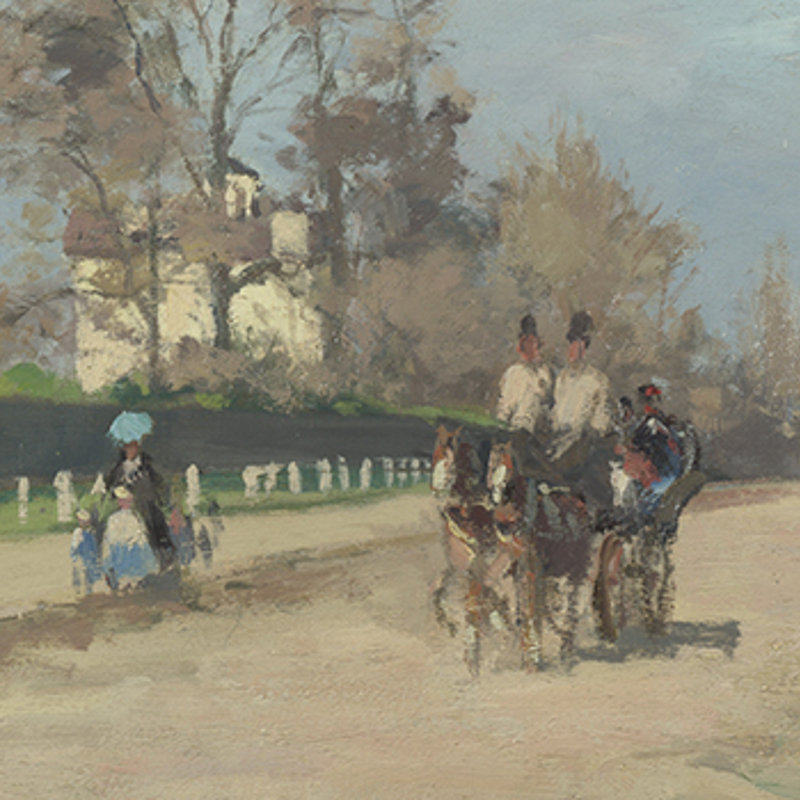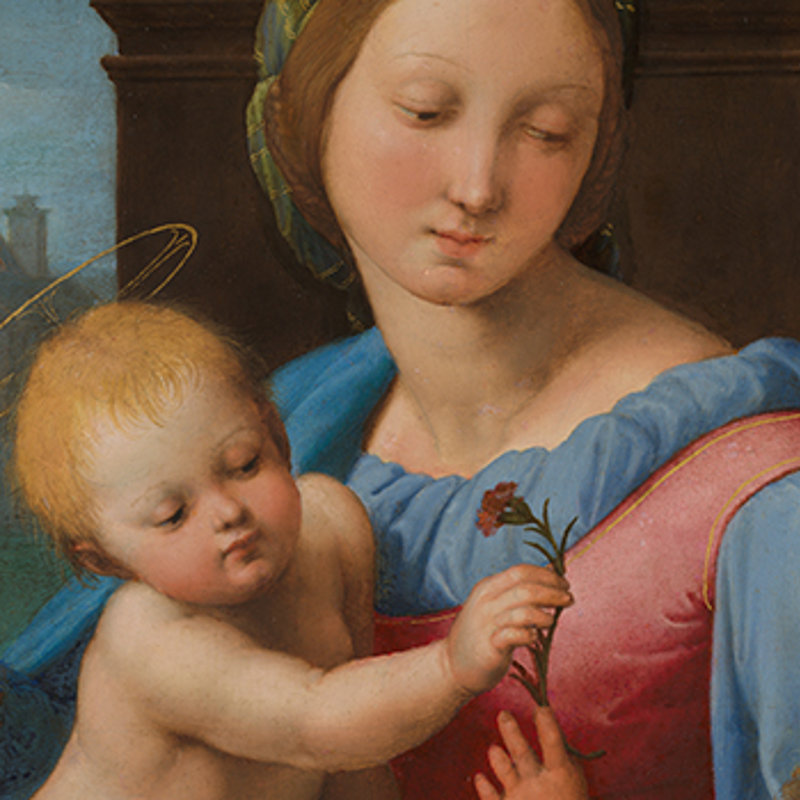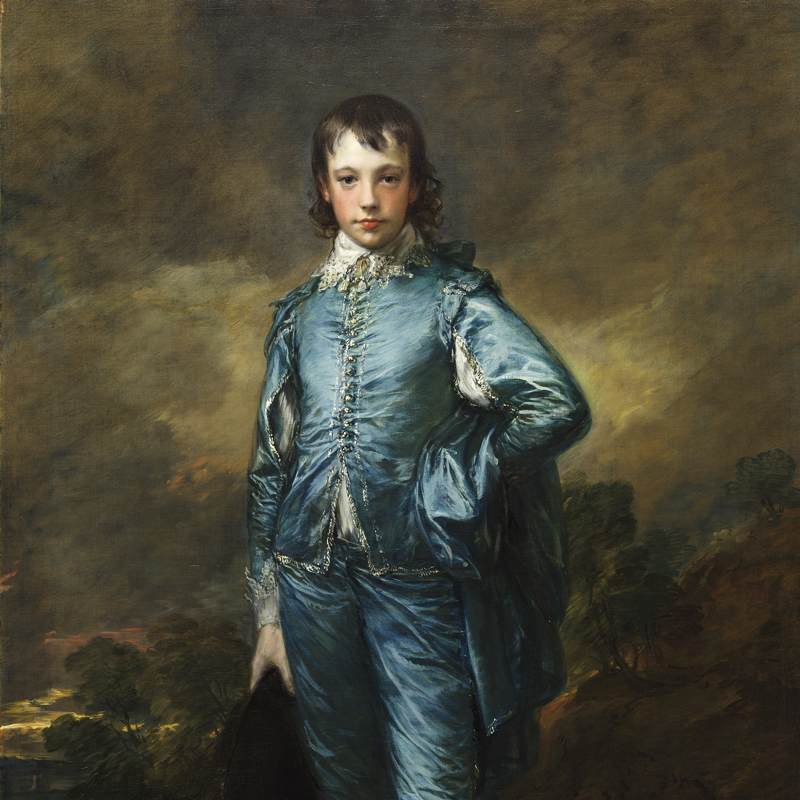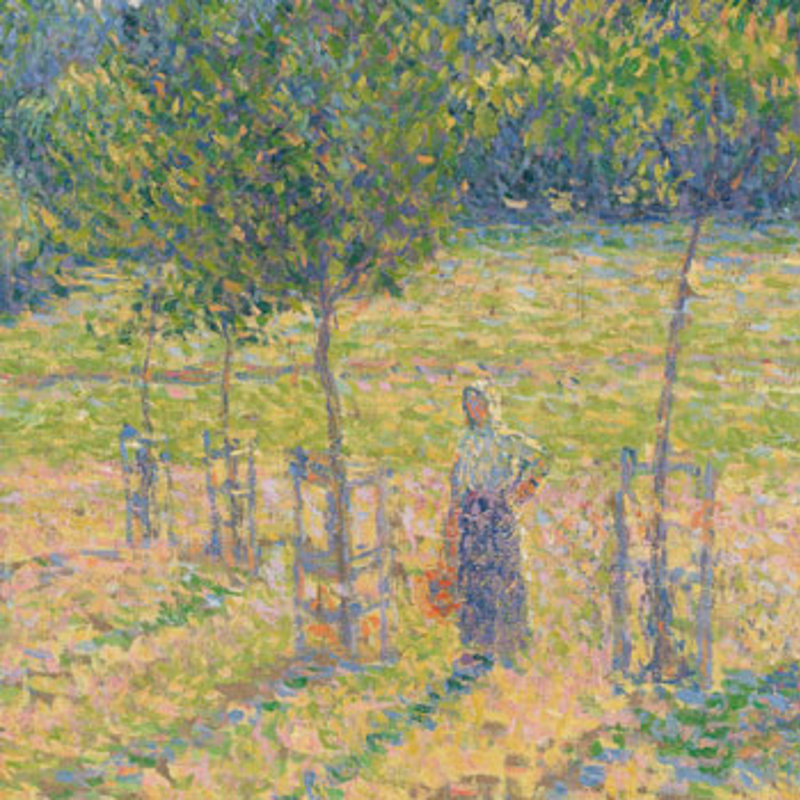On a hazy summer's day, young men swim and relax on the banks of a river.
It is the 1880s, and the river is a stretch of the Seine, between Asnières and Courbevoie to the north-west of Paris, with the factories and smoking chimneys of Clichy in the background.
For me, this scene of a slow, lazy afternoon evokes a sense of apathy. Against this banal, suburban background, we read the bathers as factory workers or office clerks, as indicated by their bowler hats, boots and sleeveless vests. We imagine their long working days, filled with acrid smoke and sweat, or dreary pen-pushing.
Is it the sweat and toil of factory labour that has led them to cool off in the river, at the end of a hardworking day?
Out of the margins
Bathers in Western art were traditionally associated with mythological gods and goddesses. I believe Seurat adopts this theme, and the monumental painting format, which was also associated with heroic figures, to aggrandise working class and lower middle-class figures. We literally look up to these men; rendered large, important, and visually occupying attention. There is a sense of calmness and serenity, partly due to the classical order of its frieze-like composition, which endows the figures with a sense of dignity and poise. Seurat places ordinary working men in a central position within art – a place traditionally denied to them.
For me, the lack of interaction and connection between the figures also creates a sense of isolation, reminding me of the impact of loneliness on our mental wellbeing. Although they occupy the same small area of riverbank, the men and boys seem absorbed in their own thoughts. They do not engage with each other or with us – except perhaps the boy in the red hat on the right who cups his hand to his mouth, as if hollering to someone on the opposite bank. We don’t see their faces, which are in shadow, obscured by a hat or angled away from us, and so we are prevented from fully identifying with their characters, emotions or intentions.
Their posture is revealing. The youth in the red bathing trunks, sitting on the edge of the bank, dangling his feet in the water sits slumped and round-shouldered. Could he be lonely? His mind vacant or depressed? I find myself wishing I could know what's going on in their heads, and help them be in the present moment, perhaps even to connect with one another.
Mental Health Awareness Week
I chose this painting, because this year’s Mental Health Awareness Week (9-15 May) focusses on the topic of loneliness, and it’s a theme many of us can relate to. Loneliness was exacerbated by the Covid pandemic, with almost a quarter of adults living under lockdown in the UK having felt lonely in 2020. According to the Jo Cox Commission on Loneliness, eight million men (of all ages) in the UK feel lonely at least once a week, yet more than 1 in 10 would not admit it to anyone.
Reflecting on my work at the Gallery over the last couple of years, I feel proud that our programme of courses and online talks has offered a lifeline to people during the pandemic. One attendee, Susanne, wrote to us to say "As life begins to open up again, I want to thank you SO much for being such a wonderful support during lockdown. Each dark Wednesday there you were, cheerfully greeting us and welcoming us to the wonderful, timeless world of art." I look forward to continuing my work with the Learning Department where our mission is to enrich lives by connecting art, people and ideas across centuries and cultures.
Digital activity at the National Gallery is supported by Bloomberg Philanthropies Digital Accelerator


















